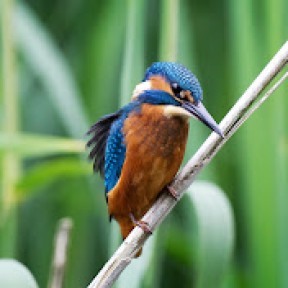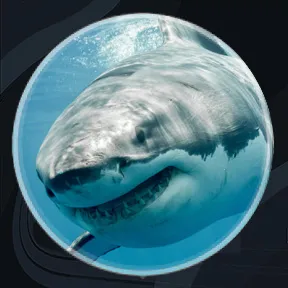The Fascinating World of Cnidarians
The phylum Cnidaria contains such creatures as jellyfish, anemones, siphonophores and corals. Together, they consist of around 13,000 living species - surprisingly simple, yet beautiful organisms.
The importance of these cnidarians cannot be understated. Coral reefs are formed of many millions of cnidarians and are home to staggering biodiversity. Jellyfish are important predators in the open ocean food web, but they serve as food for many other species as well.
Sea anemones fulfil a similar role but in the shallows, also serving as hiding places for clownfish. Thus, this unique and abundant group of creatures is integral to the function of many marine communities, from the open ocean to coasts and the benthic zone of the deep sea.
00:00 - An Introduction to Cnidarians
01:04 - The Structure of Cnidarians
01:57 - Cnidarian Polyps
02:09 - Cnidarian Medusae
02:19 - The Life Cycle of Moon Jellyfish
03:10 - The Diversity of Jellyfish
03:23 - The Lion's Mane Jellyfish
03:39 - The Role of Cnidarians in the Food Web
04:29 - Nematocysts Explained
05:13 - The Portugese Man-o-War
06:18 - Colony Organisms: Siphonophores
06:37 - Colony Organisms: Corals
06:54 - The Importance of Corals
07:33 - Symbiosis in Corals: Zooxanthellae
08:23 - Symbiosis in Anemones: Crabs
08:49 - Symbiosis in Anemones: Reef Fish
09:12 - Symbiosis in Medusae
09:27 - The Importance of Cnidarians
09:55 - Conclusion
10:31 - The Deep Sea Hub
















































